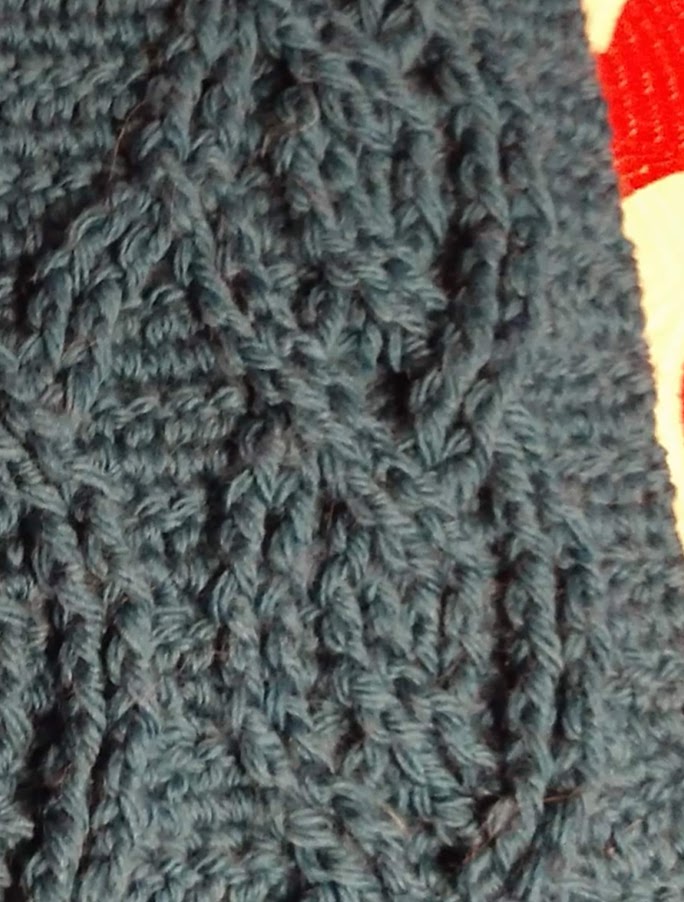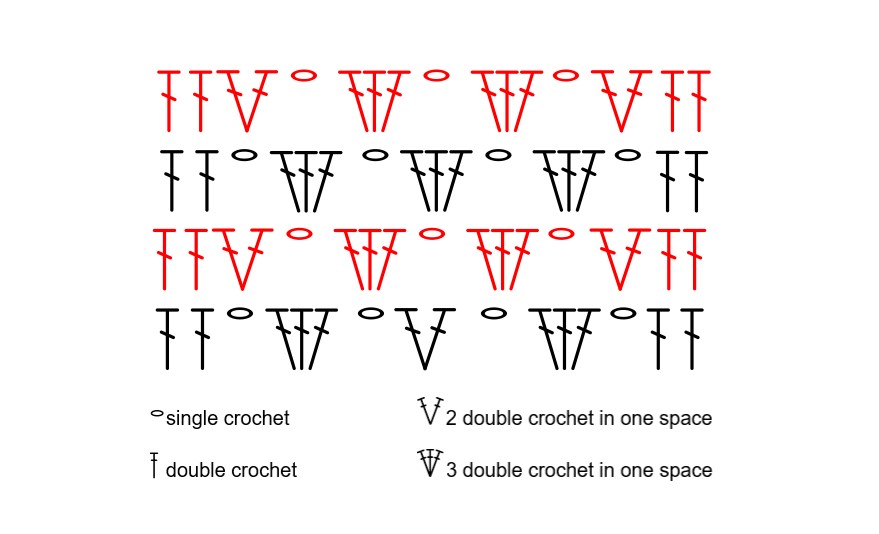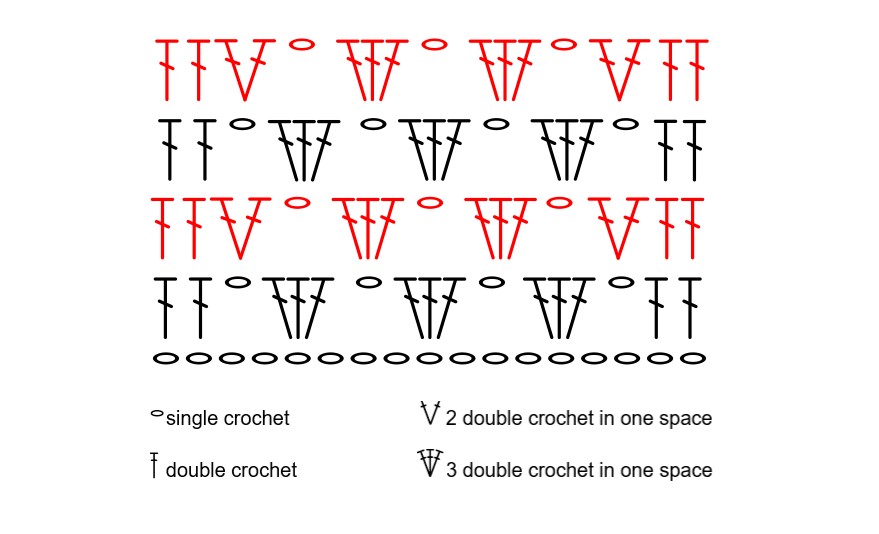Coronavirus and Fiber Crafts
It’s happening people. Coronavirus is coming to a town near you, very soon. There are already 2 confirmed diagnoses in my county, but probably many, many more cases because tests and supplies to take tests are so short. One friend told me her doctor’s office had 11 swabs to last the rest of the flu season. ELEVEN swabs to test for ifluenza, strep, and Covid-19. She’s saving the swabs only for potential strep cases because strep requires antibiotics.
People are hunkering down. My son’s Robotics competition was cancelled for the weekend. That’s 3 days of busy busy busy activities, a hotel visit, restaurant orders, coffee runs, all cancelled. And, I have 3 solid days at home now with nothing scheduled.
So, how does that impact my crafting? MORE! I’ve ordered more yarn, and am preparing to rewatch Parenthood from the beginning. Obviously I won’t get through it this weekend, but I foresee a good month of activities being cancelled, maybe even longer.
How are you coping?




